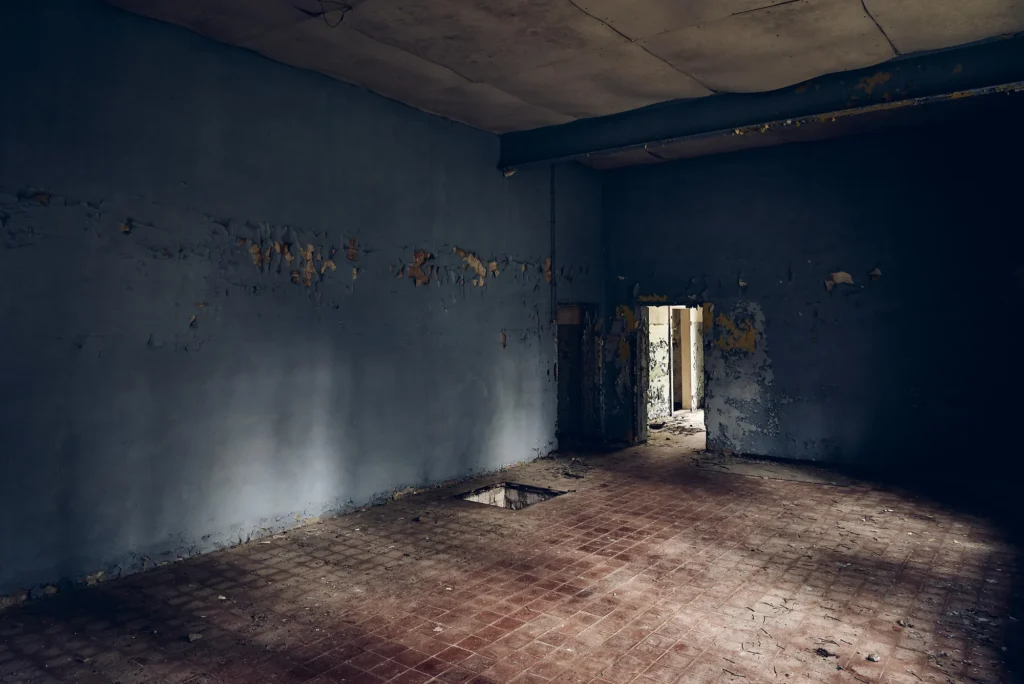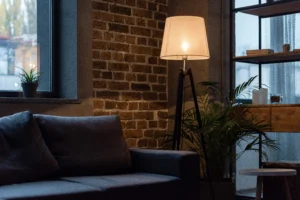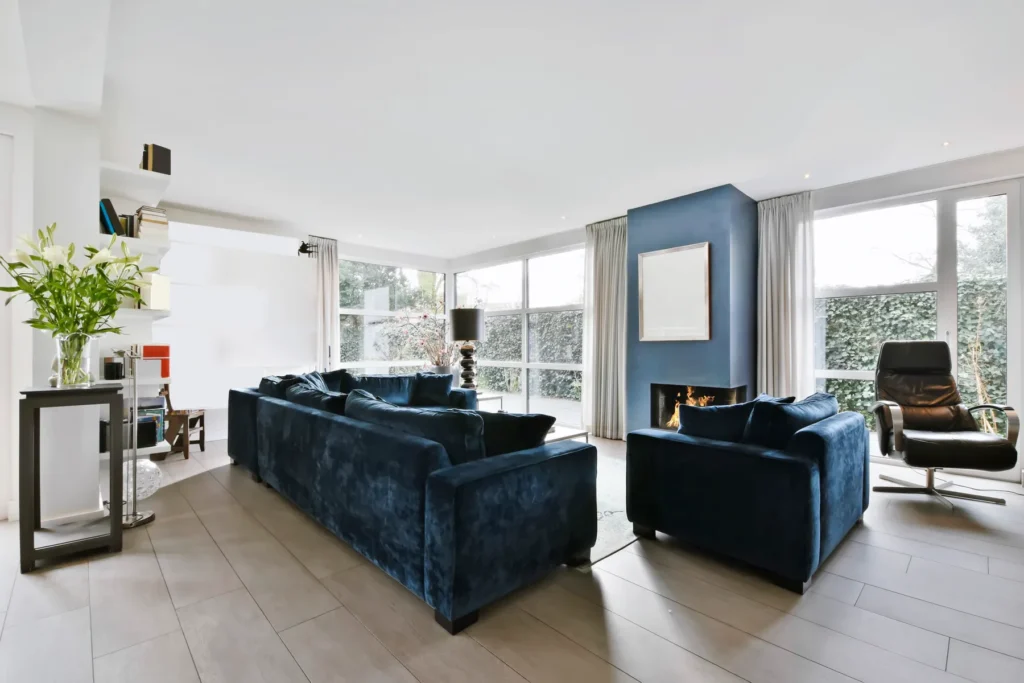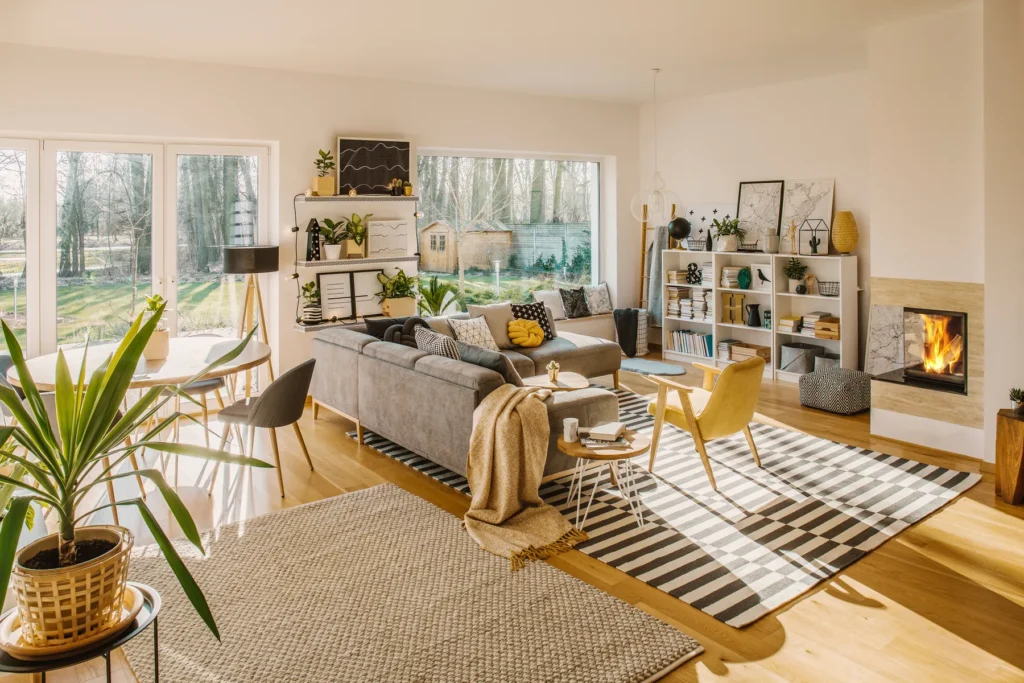Unlocking the Enigma: What Kind of Room Has No Doors or Windows?
Intriguing Riddle: What Kind of Room Has No Doors or Windows?
Using puzzles to challenge the mind has always been a popular way to do so. A puzzle that has stumped many is: What kind of room has no doors or windows? This exciting puzzle makes us think and encourages us to be creative and think outside the box.
Read more informative blogs. What is a Hearing Accessible Room
Purpose of Exploring the Answer
The reason for trying to figure out the answer to this puzzle is more than just fun. Mental exercises like this push people to think outside the box and understand more by making them think about things they might not have thought of before. This piece tries to solve the mystery by giving not only the answer but also ways to think about solving problems creatively.
The Riddle Unveiled: A Room with No Doors or Windows
Definition and Characteristics
Conceptualizing the Room
The mysterious riddle about a room without windows or doors captures our attention. It makes us think about what such a place might be like. In this puzzle, the word “room” has a deeper, more abstract meaning than the buildings we see daily. It asks us to imagine a place defined not by traditional architectural features but by an abstract idea.
Understanding the Absence of Doors and Windows
To solve the puzzle, knowing what the lack of doors and windows means is essential. In the usual sense, doors and windows let people in and out and connect the inside to the outside. Conversely, this room goes against this norm, making us think about places that don’t have to follow normal boundaries.
Common Examples
Specific Rooms in Daily Life
Even though the question is made up, real-life situations are similar to the idea of a room without doors or windows. For example, think about a sensory deprivation room used for therapy. These closed-off areas are meant to be quiet and free of outside distractions, making them perfect for deep rest or meditation. There are no doors or windows here to improve the experience inside.
Symbolic Interpretations
The riddle can be interpreted in multiple ways beyond literal places. The mind is like a room with no windows or doors. It’s where thoughts come to life and ideas grow without outside influences. When it comes to emotions, the heart can be thought of as a room where feelings can be felt and shared without needing regular entry or exit places.
Unlocking the Metaphor: Creativity and Problem-Solving
The puzzle not only makes us think about how we think about space, but it also makes us think of new ideas. By looking at the symbolic parts, we enter the world of abstraction, which pushes us to solve problems in new ways. This creative way of thinking can be used in many areas of life, from developing new business ideas to finding creative answers to personal problems.
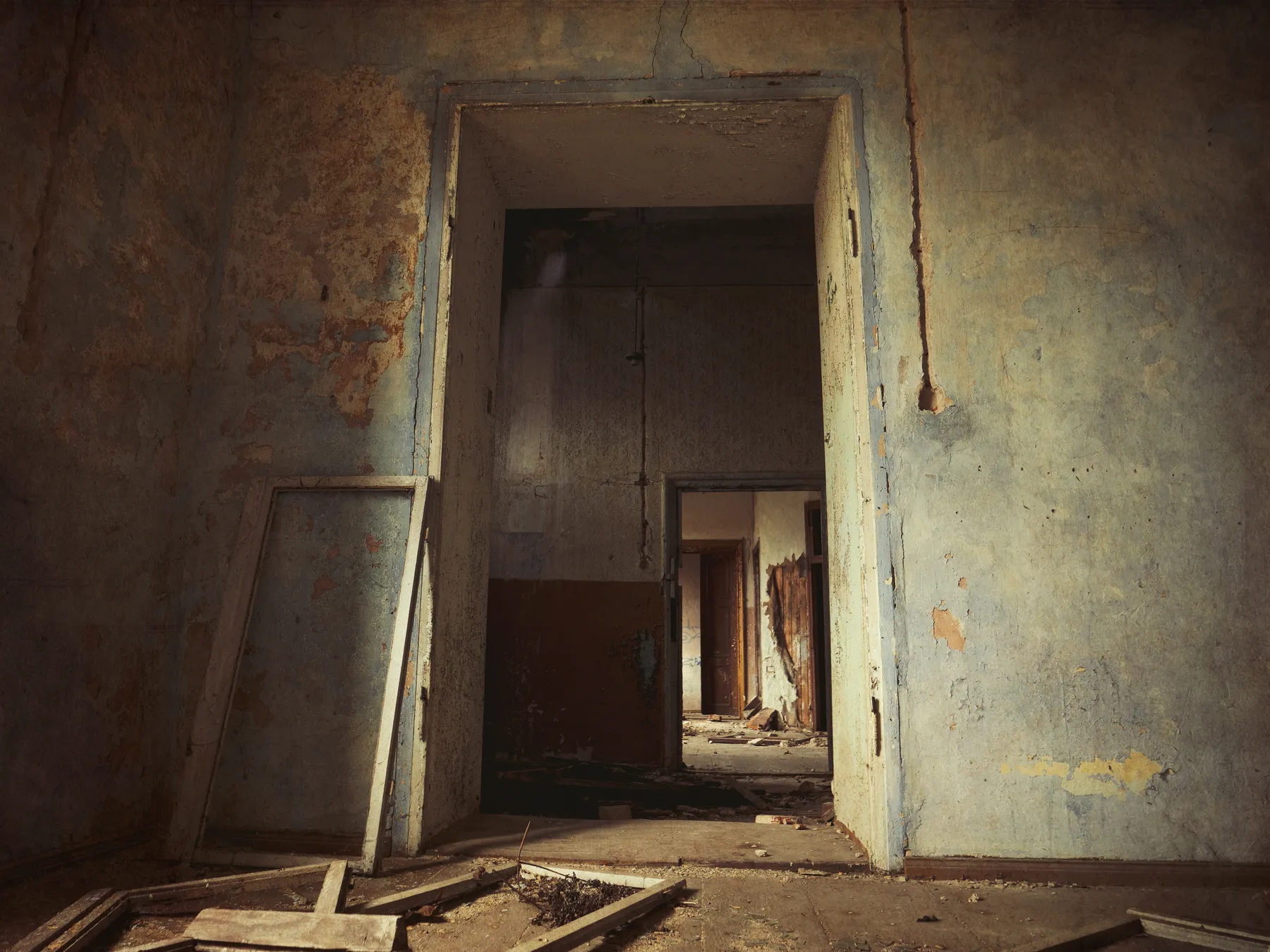
A Room with No Doors or Windows as a Metaphor for Digital Innovation
The idea of a room with no doors or windows fits well with the idea of new ideas and looking outside the box in the digital world. Businesses have to find their way around a virtual “room” where standard methods may not always work in the competitive world of the Internet. To stay ahead in the constantly changing digital world, SEO techniques are like solving a puzzle: you need to be creative and flexible.
Figurative and Symbolic Interpretations
Metaphorical Meanings
Psychological Perspectives
The conundrum of a chamber without doors or windows becomes allegorical. Psychologically, this conundrum represents the mind—a complicated place where thoughts and emotions unfold without apparent entry or exit points. The absence of doors and windows means human consciousness’s complexity and autonomy.
Psychologists believe the subconscious mind is a big “room” where thoughts and sensations exist. Exploring this metaphorical space reveals human intellect and consciousness layers that shape our experiences.
Symbolism in Literature and Art
The riddle’s metaphors permeate literature and art. Many literary and creative works use a room without doors or windows as a significant symbol. It may depict character problems or the mysterious human psyche in literature. The absence of typical openings in the art can symbolize limitless creativity and imagination.
Examples include René Magritte’s “The Lovers,” where a draped cloth covers two people’s heads, creating a room without doors or windows. The picture reflects the riddle’s symbolic meaning by depicting walls and hidden parts of relationships.
Creativity and Imagination
Unlocking the Power of Imagination
Beyond its psychological and artistic effects, the puzzle of a room without doors or windows unleashes imagination. Abstract tasks unleash imagination, which is frequently limited by logic. A metaphorical room inspires people to imagine environments that transcend convention and express creativity.
Real-world Applications
Architectural Design
Contemporary Designs with Hidden Entrances
Contemporary architecture that challenges standards echoes the enigma of a chamber without doors or windows. Hidden entrances are becoming more popular among architects, blurring the barriers between inside and out. Pivot doors, retractable walls, and smoothly integrated entrances into facades provide areas with no apparent entrances, adding mystery and aesthetic appeal.
By departing from standard architectural components, designers attempt to improve the user experience and create a seamless and immersive link between the physical environment and its surroundings. These beautiful designs challenge perceptions, encouraging residents to question and explore their surroundings.
Innovative Structures without Traditional Openings
Beyond hidden entrances, architects are exploring constructions without regular openings. Design options expand when spaces lack doors and windows. Dome or spherical constructions can create an immersive atmosphere with fluid interior-exterior boundaries.
Innovative designs are both aesthetically pleasing and helpful. Research facilities, where controlled conditions are vital, or futuristic urban planning, which reimagines enclosed spaces, may use spaces without conventional apertures.
Conceptual Art Installations
Artists Playing with Perception
Conceptual artists use the riddle to challenge viewers’ perceptions of space. Immersive art pieces that depict a room without doors or windows engage the senses and inspire thought.
Artists use light, sound, and materials to create undefined spaces. Immersive light projections and mirrored interiors generate a sensation of endlessness, blurring the line between fantasy and reality.
Exploring Limitless Possibilities in Design
The puzzle-inspired art installations explore design’s endless possibilities and engage viewers. The lack of typical openings symbolizes freedom and inventiveness.
Conceptual installations in galleries, museums, and public spaces challenge viewers to actively examine space and invite them to explore the artwork. The riddle’s cerebral exercise inspires art and spectators to explore the abstract.
Psychological Associations
Impact on Human Perception
Creating a Sense of Mystery
The puzzle of a room without doors or windows goes beyond just being a puzzle and explores how people see things. From a psychological point of view, the lack of regular entry and exit places makes things seem mysterious and exciting. The mind is naturally drawn to figure out mysteries and solve puzzles. When faced with such problems, they make us more curious and use more of our cognitive abilities.
The effect on how people see things goes beyond curiosity; it changes how people understand and interact with their surroundings. Spaces that look like metaphorical rooms can make people feel more amazed and encourage them to think about the normal limits of the places they live.
Psychological Reactions to Enclosed Spaces
Enclosed places naturally induce comfort or uneasiness. The metaphorical room without doors or windows complicates these reactions. It makes people consider the psychological effects of containment and isolation and the nature of boundaries and freedom.
This metaphor in architecture or art can elicit various emotions, from security and reflection to imprisonment and constraint. Understanding and investigating these psychological reactions helps us understand how people interact with their physical settings.
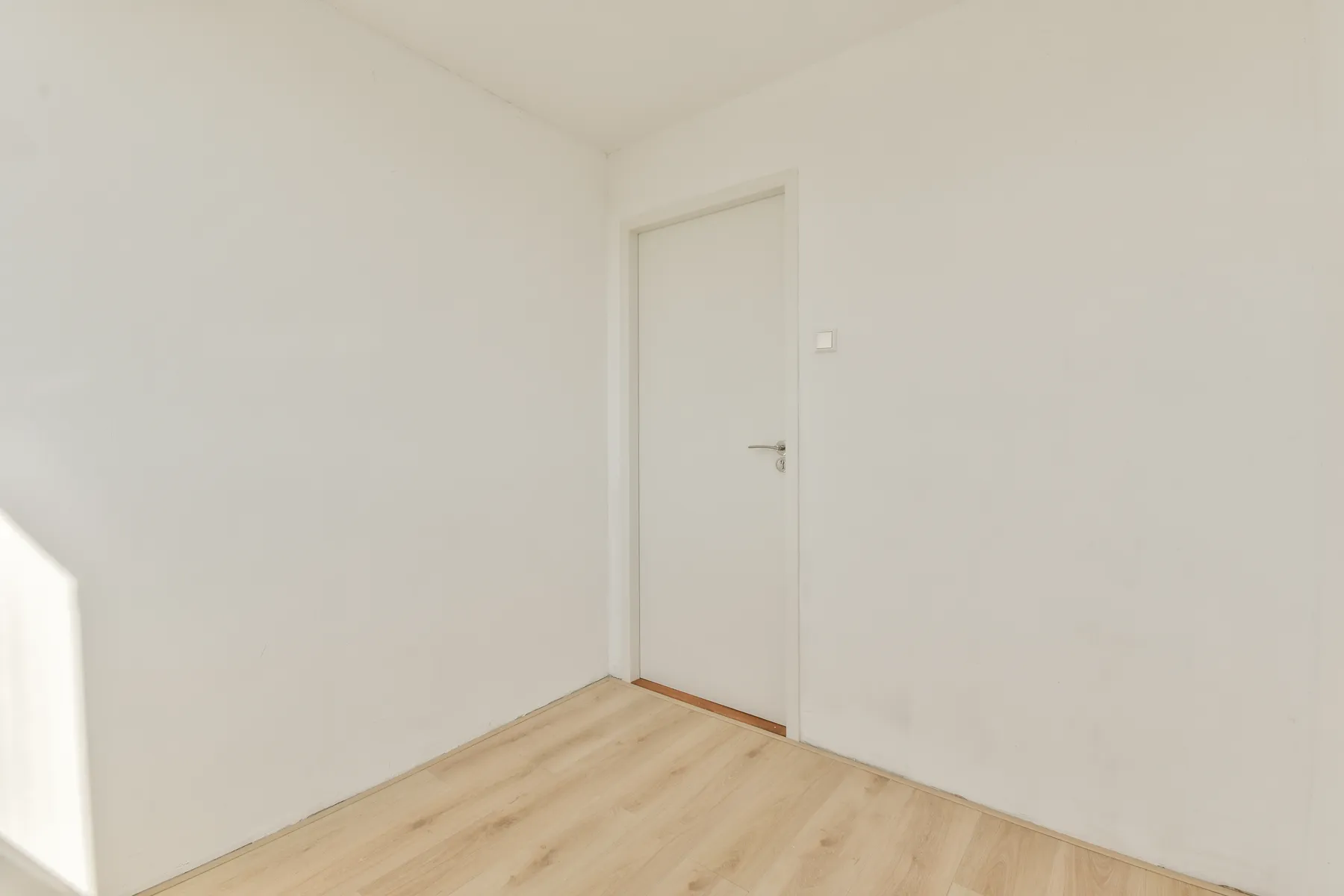
Mindfulness and Meditation Spaces
Designing Tranquil Environments
The metaphorical room becomes beneficial when used to build mindfulness and meditation rooms. Doors and windows are removed to create a peaceful, introspective environment.
The riddle inspires architects and designers to create calm, focused settings. Diffused natural light, simple design, and deliberate reflective surface placement promote mindfulness. The metaphorical room is a refuge from the fast-paced world in these locations.
Fostering Mental Well-being
A room without doors or windows affects mental health. Mindfulness in metaphorical rooms reduces stress, improves concentration, and regulates emotions.
Introspective excursions that improve self-awareness and mental clarity occur in metaphorical room situations. Inspired by the puzzle, intentional design choices create attentive places that will enhance mental wellness.
Conclusion
Despite its seeming abstraction, the room without doors or windows is a psychological examination of human perception and well-being. It asks viewers to consider enclosed areas and how architectural and artistic design affects the mind. From creating a mystery to influencing reactions to enclosed places, the metaphorical room illuminates human psychology.
When applied to mindfulness and meditation spaces, it promotes mental health by providing a space to connect with oneself and find relief from life’s challenges. As architects, designers, and individuals uncover the psychological connotations of the metaphorical room, they help us grasp the mind-space symbiosis.

